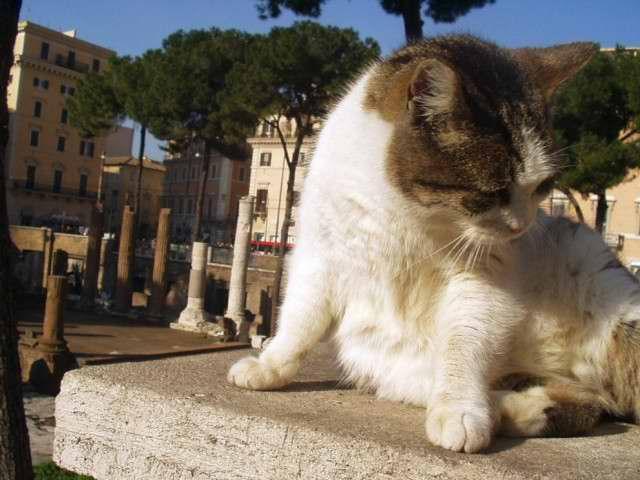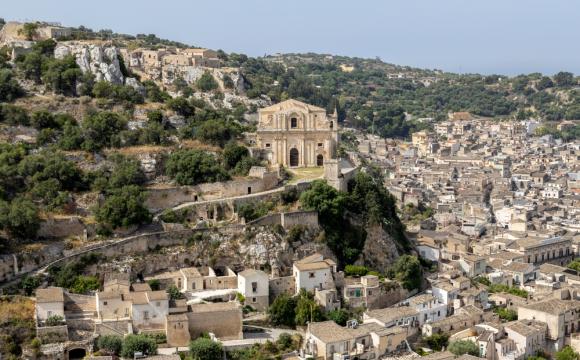Rome’s Torre Argentina Cat Sanctuary, which looks after some 250 stray cats, is fighting for its existence after receiving an eviction notice.
The Largo di Torre Argentina square is an archaeological site in Rome’s historic centre and is where Julius Caesar was assassinated in 44BC. The head of Rome’s archaeological office has issued an eviction notice against the cat sanctuary, asserting that it has built illegally built on the heritage site and has to be demolished.
The cat sanctuary opened in 1994 and is housed in a former storage area used by archaeologists who excavated the site. The shelter has aided thousands of cats since then. Seven days a week, its volunteers from different countries, feed, clean and look after stray and abandoned cats sheltering among the oldest temples in Rome. The sanctuary vaccinates, neuters and spays the cats, and in some cases finds them homes. The sanctuary raises its own funds to fulfill its mission.
Rome’s archaeological office issued the eviction notice in summer 2012. The sanctuary launched a petition in an effort to save it, saying authorities “are using the excuse that the association occupies space within a Roman temple. They pretend to forget that concrete pillars holding up a road cut right into the temple. They have abandoned the other temples that are older by several centuries, yet for their own political ends they threaten the health and safety of thousand of cats. The association has sterilised more than 29,000 cats within the last decade, they maintain 40 other colonies with food and medicines. Without their work Rome would be filled with sick and maimed cats, as it was after World War II for many years.”
The subsequent outcry by cat lovers led to Rome’s mayor, Gianni Alemmanno, visiting the sanctuary in December 2012 with Rome’s Archaeological Superintendent, various archaeologists and other authorities.
Alemmanno came out in support of the sanctuary commenting on his blog: “No one may dispute the presence of all these cats, they are part of the history of Rome and those who care for them must be thanked and supported by all of us: these are people full of passion who do a service for our city. We will explain to the [National] Superintendent that they can and must respect our cultural heritage, but they cannot evict this association, just as they cannot touch the cats. The cats and those who care for them must not leave. Woe to whomever touches the cats of Rome!”
The feline-loving mayor also took to Twitter to support the sanctuary, tweeting: “I feel sorry for all the superintendents but I (and my cat Certosino) are on the side of Rome’s cats. And woe betide anyone who touches them.”
A proposal was made suggesting that since the sanctuary occupies only part of the temple grounds, and not the section where the Roman steps dear to archaeologists are, the sanctuary could look for a sponsor to do restoration work so that it conforms to standards set by the archaeological department.
In January, a meeting was held about the future of the sanctuary, which proved inconclusive. The local archaeological department has expressed the possibility of proposing some adaptive changes to the rooms the sanctuary occupies, and has said it wants to be able to excavate around the area where the temple steps are beyond the cat shelter.
The fate of the sanctuary remains uncertain. Possibly the authorities are biding their time in view of the upcoming national and local elections. No other meeting date has been set yet.













